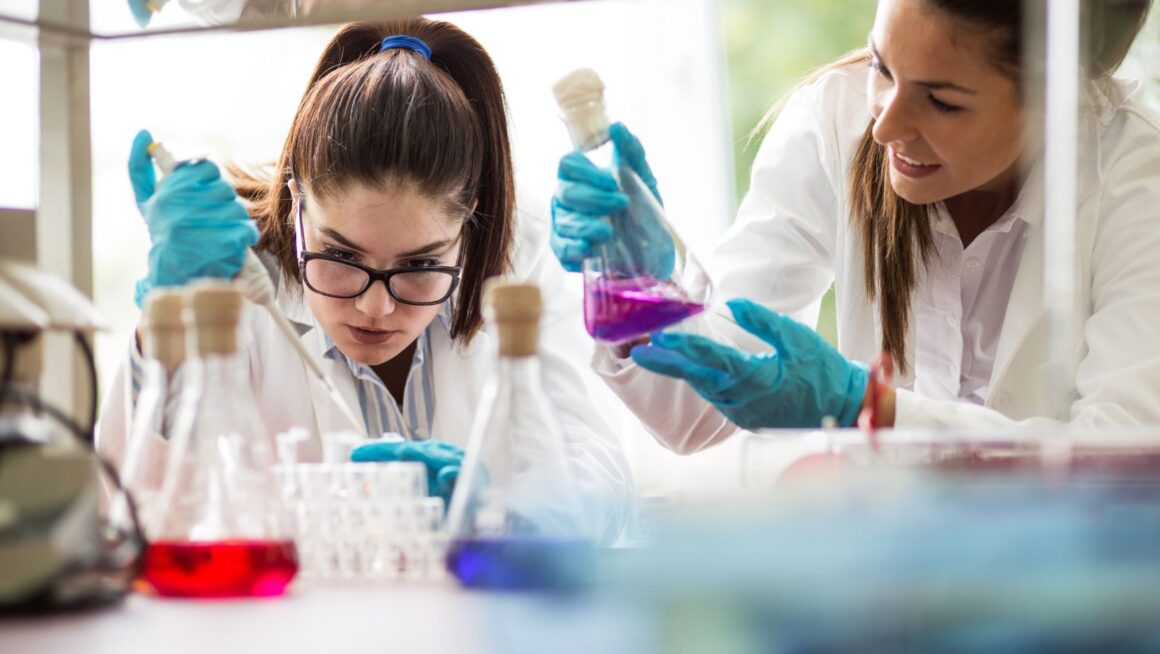When it comes to fundamental processes in cell biology, researchers really lean on two main pillars: tools and materials. Think of it this way: on one side, you’ve got the digital powerhouses: software, analytics, visualization platforms, even cloud-based spaces where researchers can brainstorm together. On the other side, there’s the biological side of things: compounds like peptides, proteins, small molecules, and growth hormone-releasing agents. And here’s the exciting part: when these two worlds come together, the impact can be absolutely transformative.
See how they matter
Digital Tools in Biological Research
Digital tools have swept through biological sciences from genomics and proteomics to drug discovery and synthetic biology. These tools include:
- Bioinformatics platforms that handle large datasets (e.g., gene expression, protein interactions).
- Machine learning and AI tools that predict outcomes, suggest hypotheses, or flag anomalies.
- Virtual modeling and simulations that reduce dependency on purely biological or animal models.
Data Visualization for Deeper Insights
Raw data is overwhelming: hundreds of thousands of reads, dozens of protein interactions, or many time points in a growth curve. What makes that data useful is good visualization. When graphs, heat maps, network plots, or interactive dashboards are well designed, they do more than “look pretty”; they reveal patterns, outliers, and correlations that might be buried in raw numbers.
For instance, clustering algorithms might show that certain treatment groups behave similarly, or that one batch of compounds shows consistent deviation. Proper visualization helps identify when a peptide sample may be impure (due to unexpected behavior) or when batch-to-batch variation occurs. It’s also essential in documentation that figures help peer reviewers and fellow researchers see that you took care with quality and consistency.
Digital Verification of Purity
When researchers design experiments to study growth hormone-releasing compounds, the quality of the material used is critical. To gain accurate insights, it is essential to use only pure and verified compounds. For instance, scientists conducting laboratory research may choose to Purchase CJC-1295 DAC that is authentic and third-party tested. Pairing digital tools with pure compounds, researchers ensure that their findings are both credible and reproducible.
In this context, “digital verification of purity” means:
- Using databases and certificates of analysis that are stored, shared, and cross-checked digitally.
- Third-party lab testing results that are digitized and accessible
- Integration of digital tracking from synthesis to delivery
How Digital Tools Improve Compound Testing
The process of testing compounds, ensuring identity, purity, and potency, is where digital tools add real leverage.
- Analytical methods enhanced by digital tech: Instruments such as HPLC, mass spectrometry, and NMR generate massive raw data sets. Digital tools analyze and interpret this data more reliably than manual methods, flag anomalies, and compare against libraries of known compounds.
- Automated quality control workflows: Digital pipelines can standardize test routines, make sure samples are logged, test results are validated, and any deviations trigger alerts.
Digital Innovations Driving Future Biological Discoveries
Looking forward, several digital innovations are poised to change the landscape even more:

- AI-driven hypothesis generation and virtual screening: These tools will reduce reliance on trial-and-error and help pinpoint the most promising pathways or compounds.
- Digital twins and virtual labs: Simulated experiments that mirror real ones, allowing researchers to test many conditions in silico before moving to wet-lab work.
The Link Between Technology and Trusted Compounds
Ultimately, technology is only as good as the materials it uses. Trusted, verified compounds are the foundation on which biological innovation is built. Without them, all the visualizations, AI predictions, and collaborative insights may rest on shaky ground.
Researchers care about:
- Knowing exactly what they are putting into experiments.
- Ensuring that test samples are consistent over time.
- Verifying claims made by vendors (purity, potency).
Conclusion
When you ensure both that you have compounds that are pure and verified, and your analysis, visualization, and collaboration tools are strong, you build a foundation for discoveries that stand up to scrutiny.
Purity matters. And digital tools ensure that nothing in your work is left to chance.


